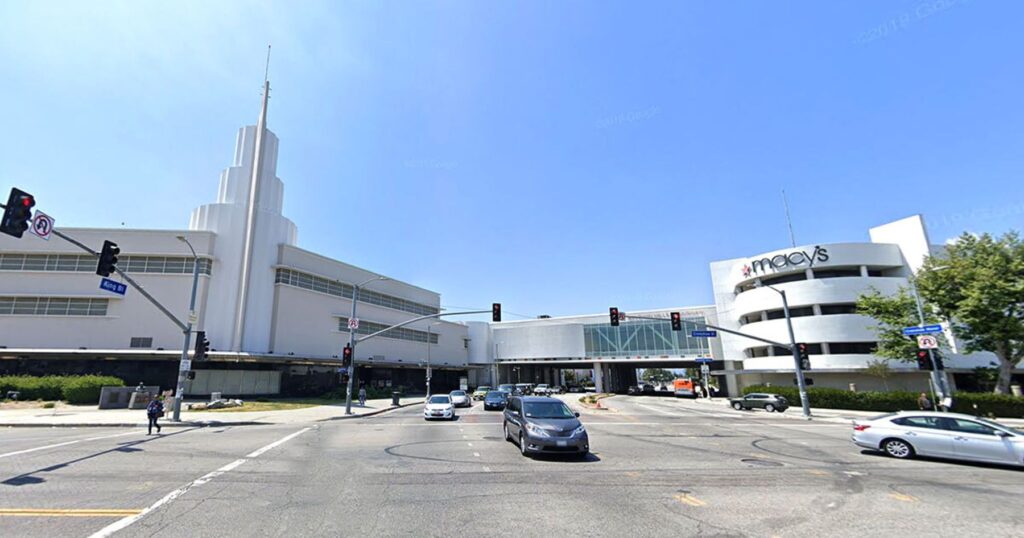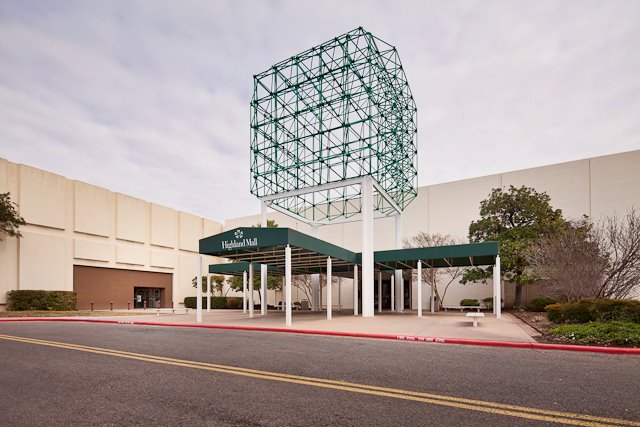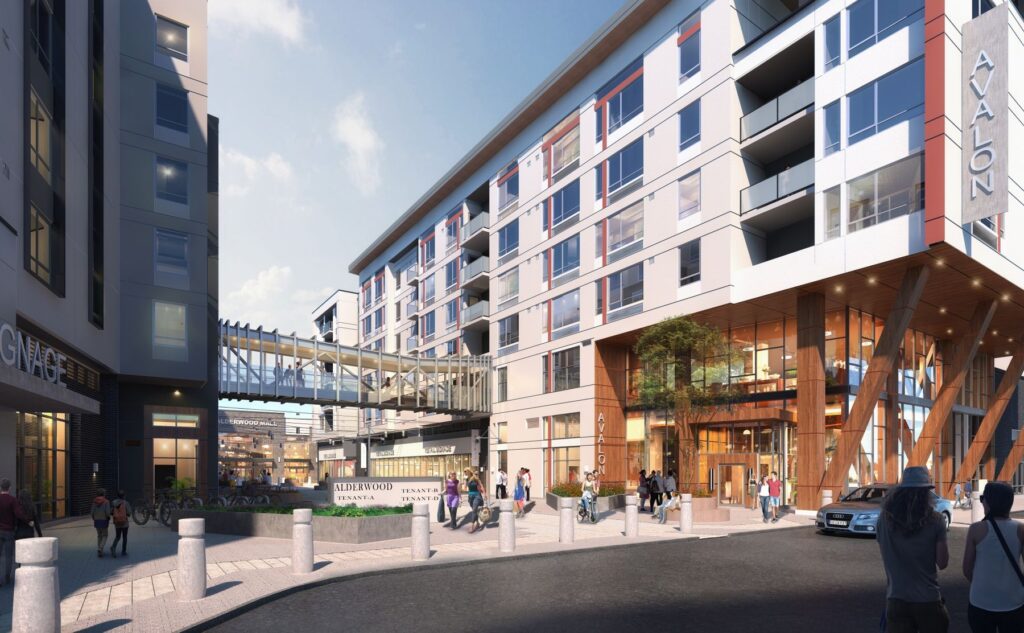“Before the Great Recession we had too many retail spaces. Now we have way too many retail spaces.”
– Randy White, CEO of White Hutchinson Leisure & Learning Group
It’s hard not to notice retail space vacancies around Placer County rising this year. It reminds me of the empty quiet in our streets during the Great Recession. As I reflect on what we can do about it now, I remember the creative solutions so many towns tried in 2008 to turn vacant display windows into art installations and pop up activities. These little moments of discovery along the sidewalk opened my mind to the possibilities of what we can do. Since then whenever someone reopens a storefront, I’ve been excited and curious about it.
It’s not just the little stores that are struggling, but also our multinational and interstate chains. I’ve seen the development community as a whole respond slowly to rethinking what they invest in and this may be the final push they need to make the switch. For many years big box stores were the anchors of malls and retail strips and the ‘tried and true’ way to grow commerce was to build a big box store. For example, recently this strategy was used at Sierra College Blvd and 80, where woodland was converted into Walmart, Bass Pro, and Target which anchor a host of new smaller shops. Today, department stores still represent about 60% of the anchor space within malls, according to Green Street Advisors, a real estate services firm. We have many examples of anchor box stores in our community, and whenever you see them, such as Macies at the Galleria or Home Depot on Hwy 49, you’re bound to find retail development pending on any vacant land surrounding them.
But, these anchors have struggled since the Great Recession- in a constant battle with online retail- and it is clear now that the pandemic will topple many. Green Street Advisors reports that “more than half of the department stores anchoring America’s malls are going to close permanently by the end of next year. ” (You can read more about why these stores are closing here.) So, how are the big real estate players going to change their investment strategy? What is their version of adaptive reuse, their version of art installations in vacant windows? And which ideas do they believe in enough to put their money behind? Will it be flex space, warehousing, office or residential? Here are a few examples inspired by the recent turn of events.
What retail spaces do you see vacant in our community? What can you imagine they can be turned into?

From a construction standpoint, conversions are simple.


Today, people prefer to live in smaller spaces and want walkable developments rather than relying on vehicular transit.








